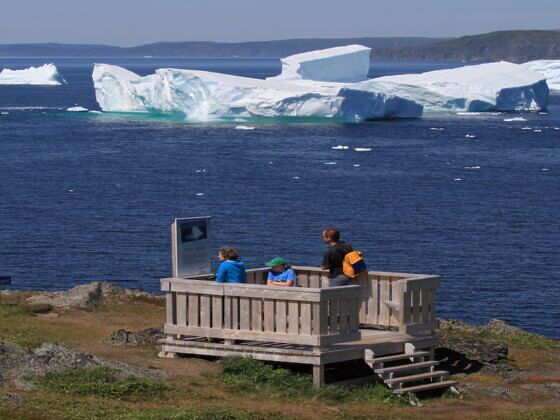Iceberg Alley is a stretch of coastline along the northeastern coast of North America, extending from Newfoundland to Maine. It’s named for the large number of icebergs that drift down from the Arctic each year. Though it might sound a bit nerve-wracking, traveling through Iceberg Alley is a once-in-a-lifetime opportunity to see some of the world’s most incredible natural wonders up close.


Everything You Need to Know About Iceberg Alley, Newfoundland's Dramatic Stretch of Icebergs
@visit 📍#Iceberg Alley 🧊❄️ 🎥 @calsnape #newfoundland #canadatravel #canadatok #visitcanada ♬ original sound – Visit
Iceberg season typically runs from April to June, but the exact timing can vary from year to year depending on weather conditions. The best time to see icebergs is typically early in the season, before they start melting and breaking apart. However, even if you miss the early part of iceberg season, there will still be plenty of beautiful icebergs to see later in the season.
There are a few different places along Iceberg Alley where you can get up close and personal with these giants of the sea. The most popular spot is probably Twillingate, which is located about halfway up Iceberg Alley on Newfoundland’s northeast coast. From here, you can take boat tours out onto the water for an up-close look at the icebergs, or go hiking and whale watching along the coastline. Other popular spots along Iceberg Alley include Gros Morne National Park, Cape Spear Lighthouse, and St. John’s.
If you do decide to venture to Iceberg Alley, there are a few things you should keep in mind. First of all, dress warmly. Even if it’s summertime, the temperature can be quite cool on the water. The best way to get there is by flying into St. John’s International Airport (YYT). From there, you can rent a car and drive to Cape Spear National Historic Site, which is about a two-hour drive.